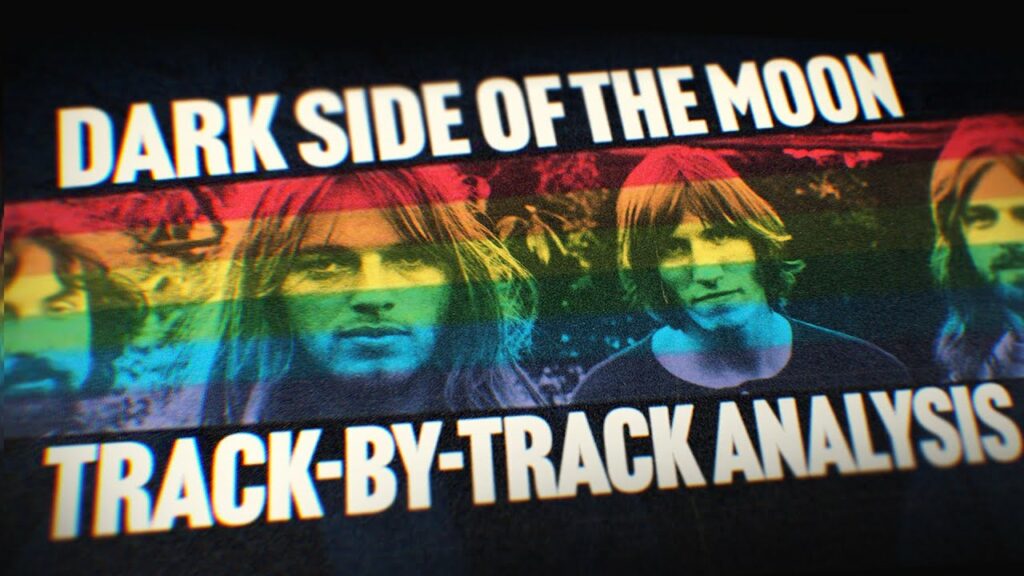A Deep, Track-by-Track Analysis of The Dark Side of the Moon, Pink Floyd’s Musical Journey Through the Stresses & Anxieties of Modern Existence

Pink Floyd’s The Dark Side of the Moon turned 50 earlier this year, which perhaps makes it seem easy to dismiss as an artifact of a bygone era. It belongs to a period in popular music history when musicians and bands were approaching their albums with ever-greater aesthetic and intellectual ambitions — what I’ve come to call the medium’s “heroic age” — whose products can strike twenty-first-century listeners as excessive, pretentious, and even unhinged. But in spite of the ambience of dorm-room THC haze that has long hung around it, The Dark Side of the Moon remains relevant today, dealing as it does with such eternal themes as youth, choice, mortality, and madness — to say nothing of time and money.
That’s how Polyphonic creator Noah Lefevre frames it in the video above, an hour-long track-by-track analysis of the Floyd’s best-known album. It’s actually a compilation of all eight episodes of a series originally released in 2020, which, much like The Dark Side of the Moon Itself, benefits from being experienced not in parts but as a whole.
Lefevre describes the album as “about the stresses and struggles that make human existence what it is. It’s about all the noise that constantly surrounds us, and about trying to cut through that noise to find truth, beauty, and meaning.” He also quotes Pink Floyd frontman Roger Waters ascribing to it the statement that “all the good things life can offer are there for us to grasp, but that the influence of some dark force in our natures prevents us from seizing them.”
The Dark Side of the Moon has endured not just by dealing with those themes, but also by doing so with a cinematic sonic richness. That owes much to the work of Alan Parsons, who engineered the recording, but most of the album’s long conception happened outside the studio. “It started out with a few weeks in a rehearsal space during which Pink Floyd wrote a rough outline for the piece,” says Lefevre. “Then the band took that on tour, even though it was far from completion. They performed sixteen dates in the UK, playing the album in full each night”; all the while, they “worked through the album, fine-tuning it and developing it.” This explains why the result — which, like all of Pink Floyd’s albums, you can hear free on Youtube — sounds painstakingly produced yet organic. Give The Dark Side of the Moon another listen today, and you’ll understand why it’s persisted like the condition of modern life itself.
Related content:
Pink Floyd’s Entire Studio Discography is Now on YouTube: Stream the Studio & Live Albums
Download Pink Floyd’s 1975 Comic Book Program for The Dark Side of the Moon Tour
A Live Studio Cover of Pink Floyd’s The Dark Side of the Moon, Played from Start to Finish
Based in Seoul, Colin Marshall writes and broadcasts on cities, language, and culture. His projects include the Substack newsletter Books on Cities, the book The Stateless City: a Walk through 21st-Century Los Angeles and the video series The City in Cinema. Follow him on Twitter at @colinmarshall or on Facebook.


